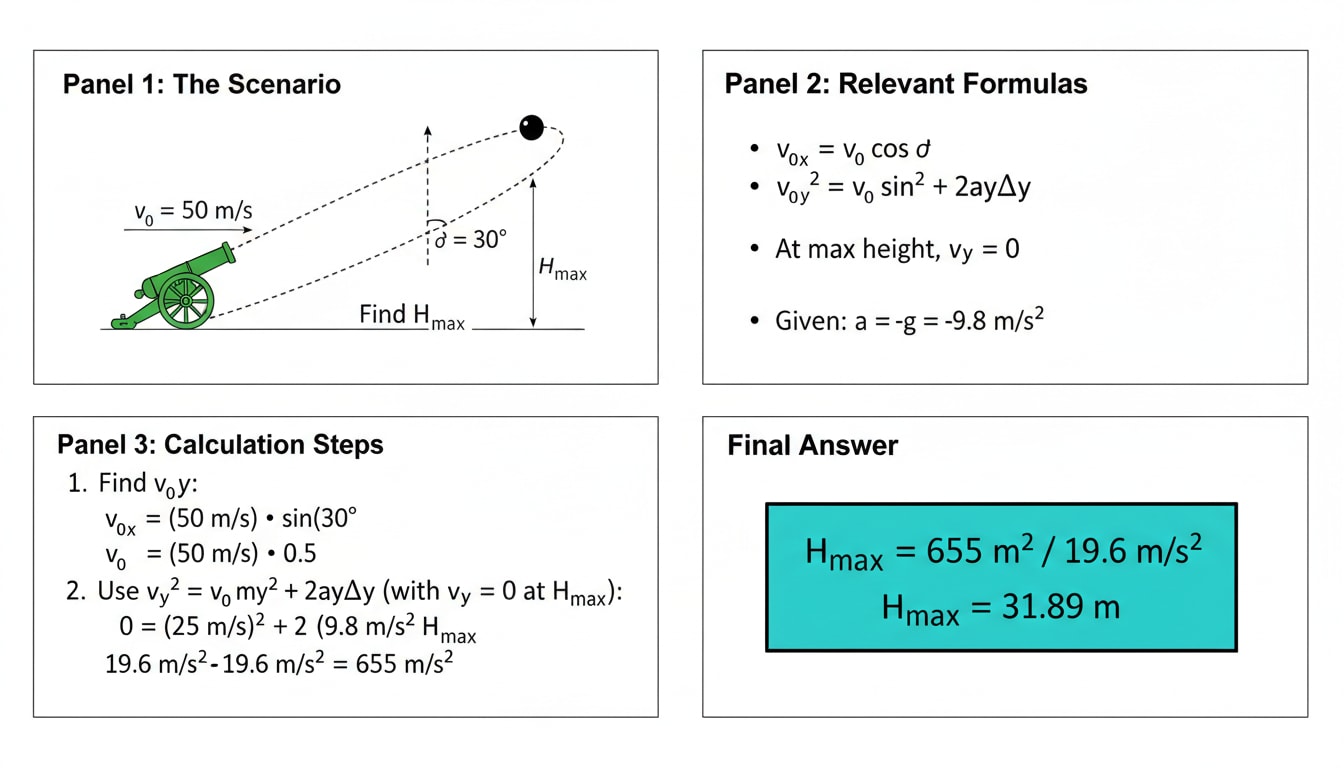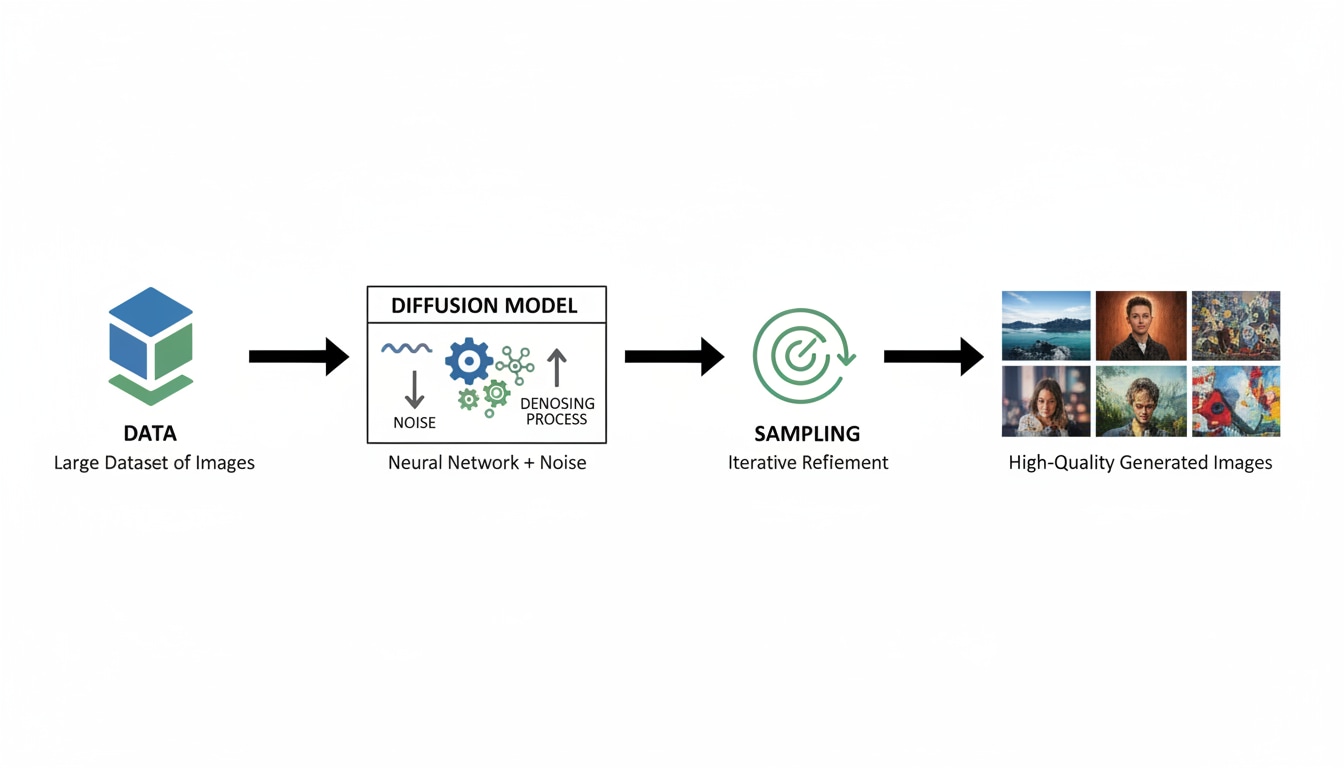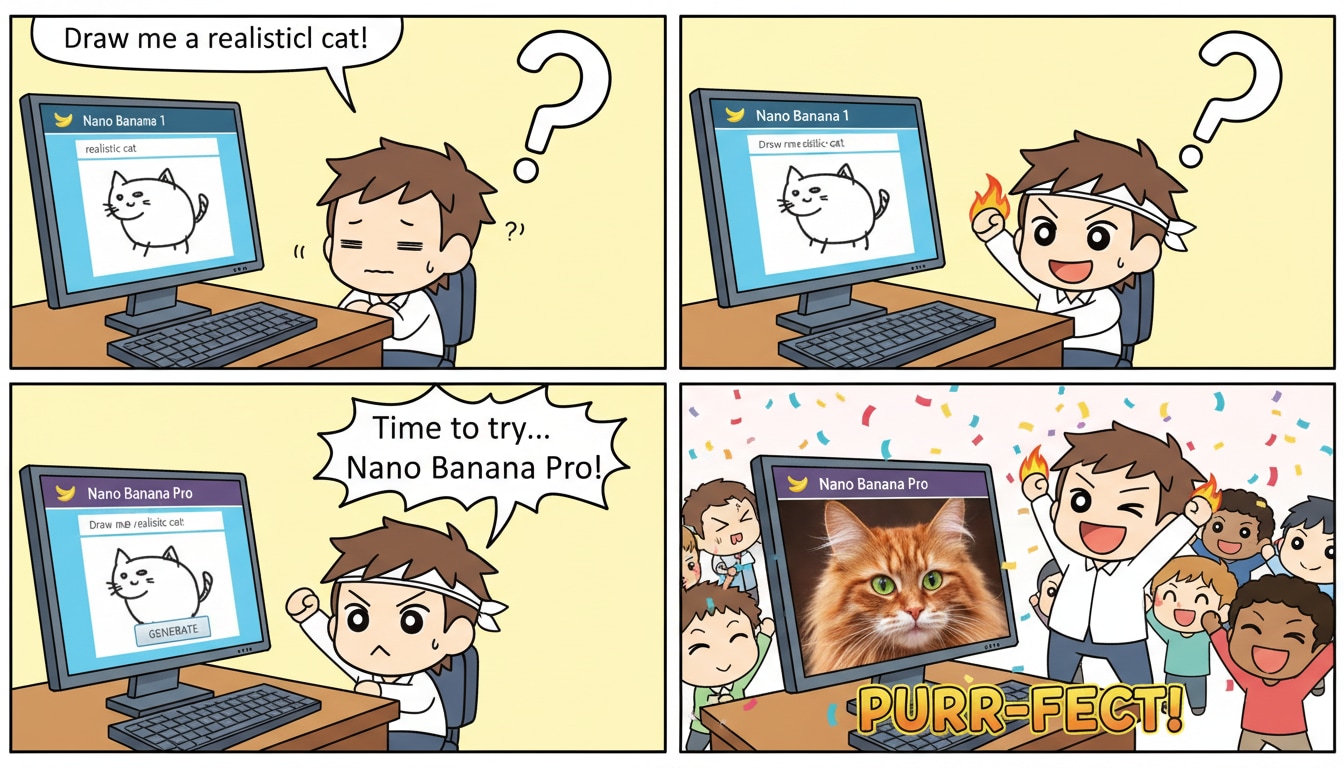Nano Banana Pro vs. Nano Banana 1
In the rapidly evolving world of AI-image creation, few tools have made as much noise as Nano Banana. With the newly released Nano Banana Pro-an upgrade built on Version 1-developers, creators, and brands are asking the same question: Nano Banana Pro vs. Nano Banana 1 - which should I use?
Below, I'll walk you through what’s new, how to use the upgraded features, and why these changes matter for real-world workflows-all explained in the clean, practical style of Media.io Nano Banana 2.
Whether you're looking for stronger detail quality, more consistent style control, or a faster, more stable creative pipeline, Nano Banana Pro delivers meaningful improvements. Let’s dive in so you can choose the right tool for your next project.
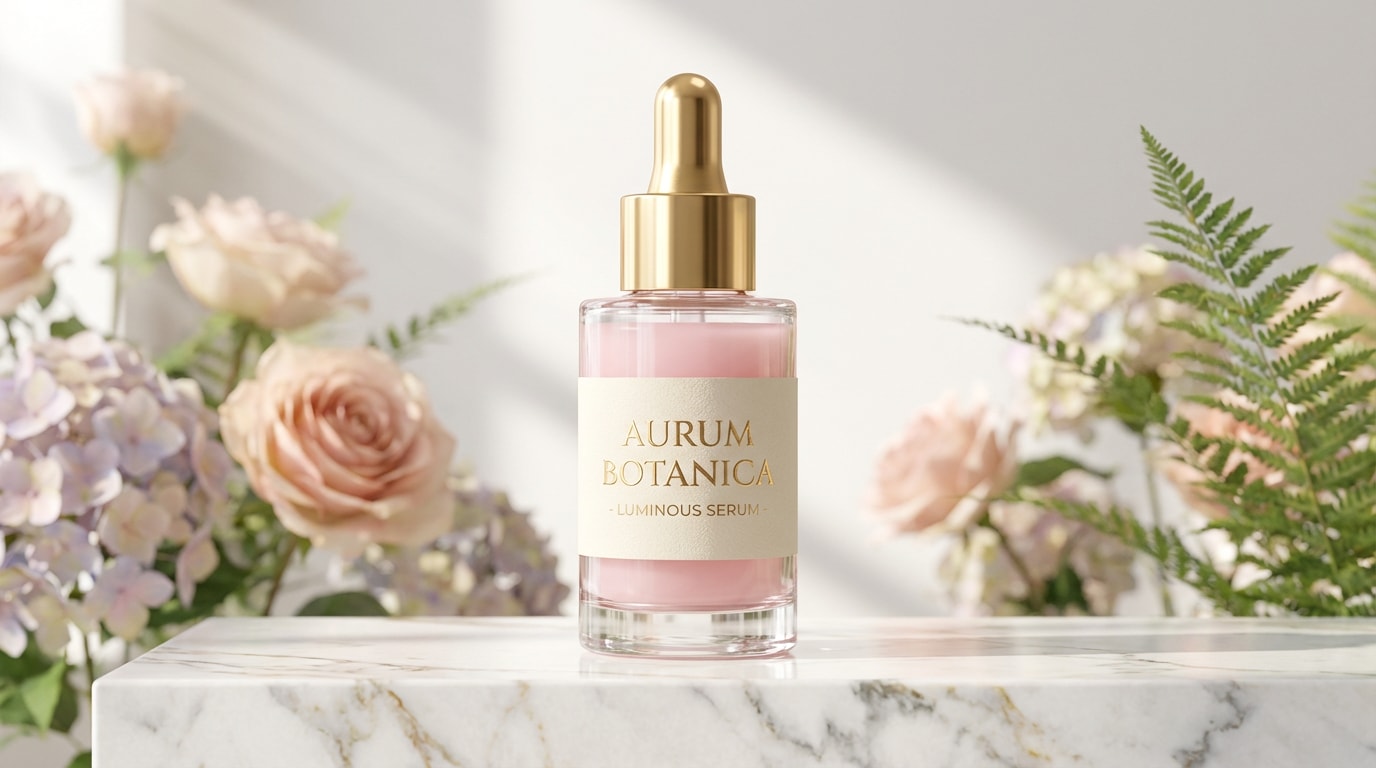

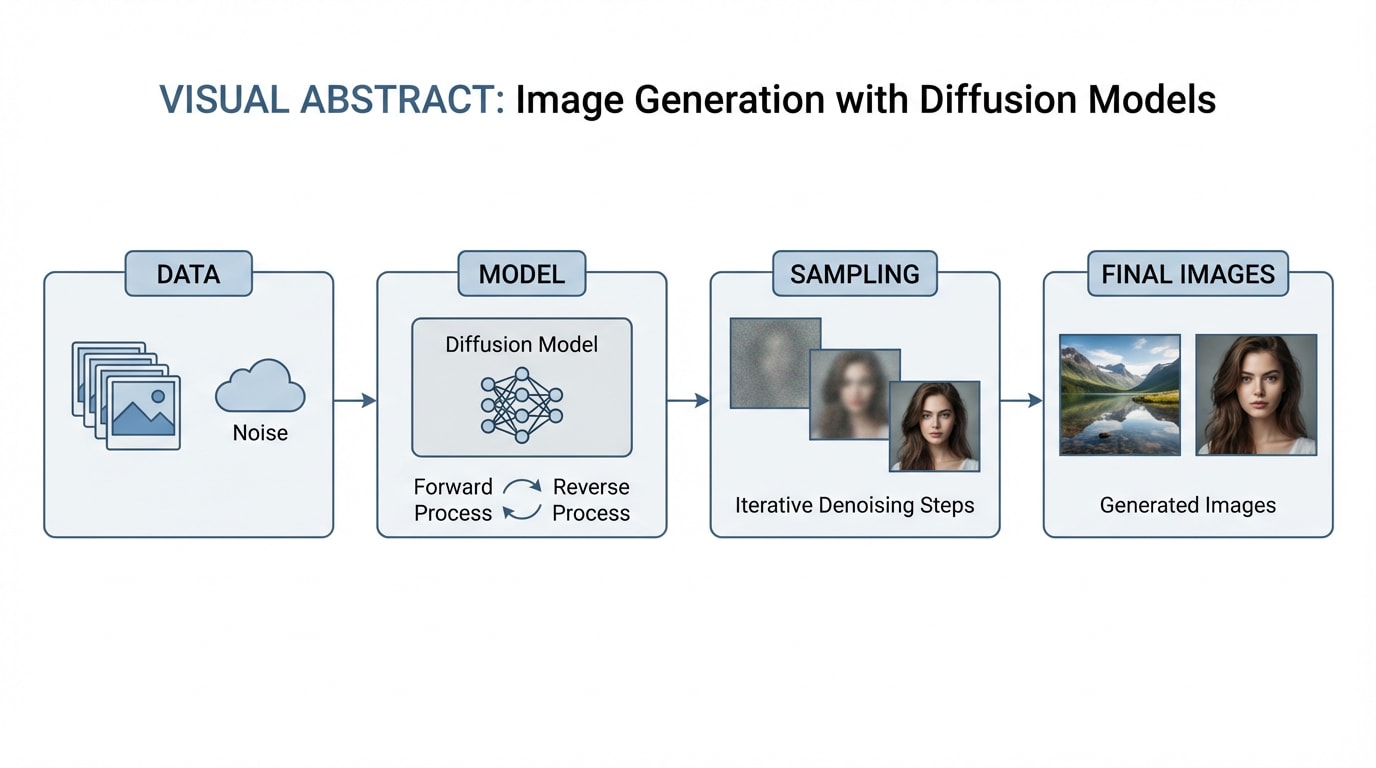

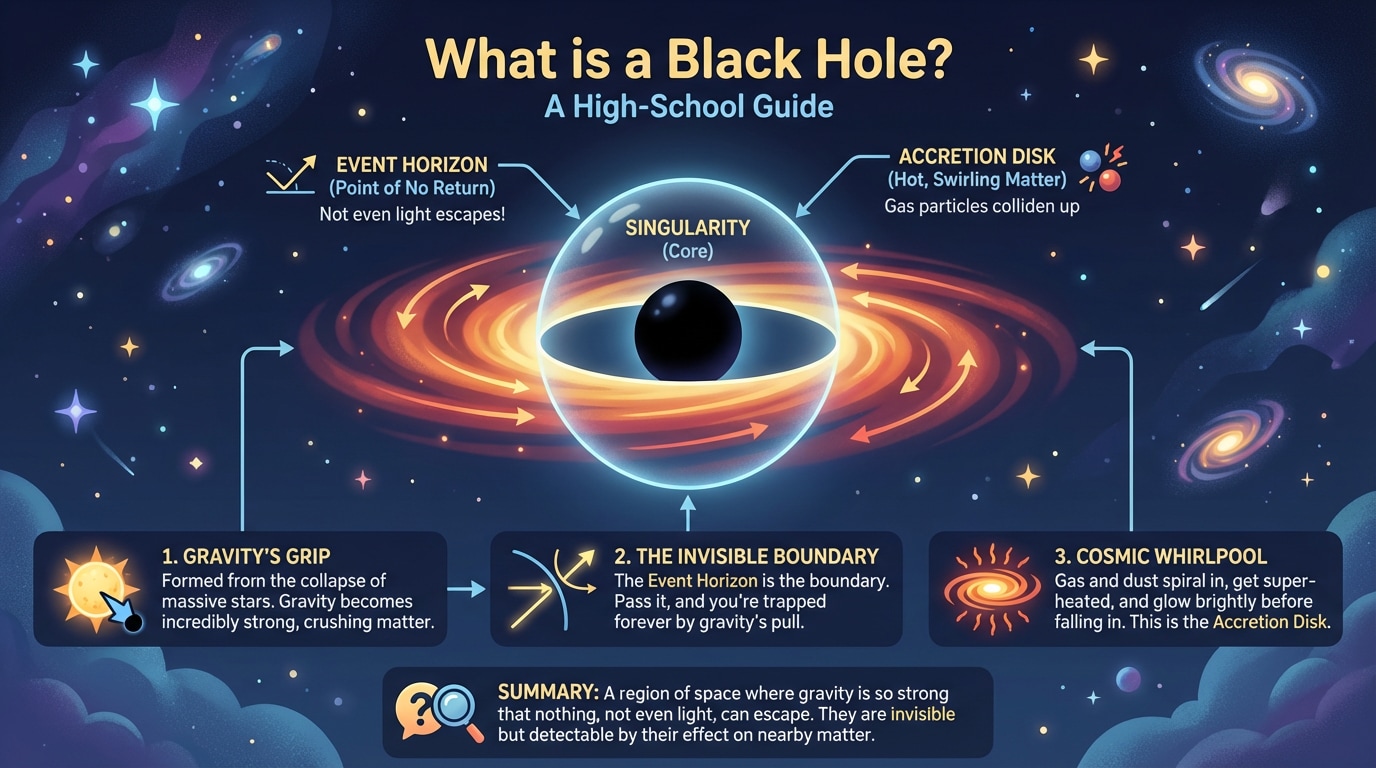
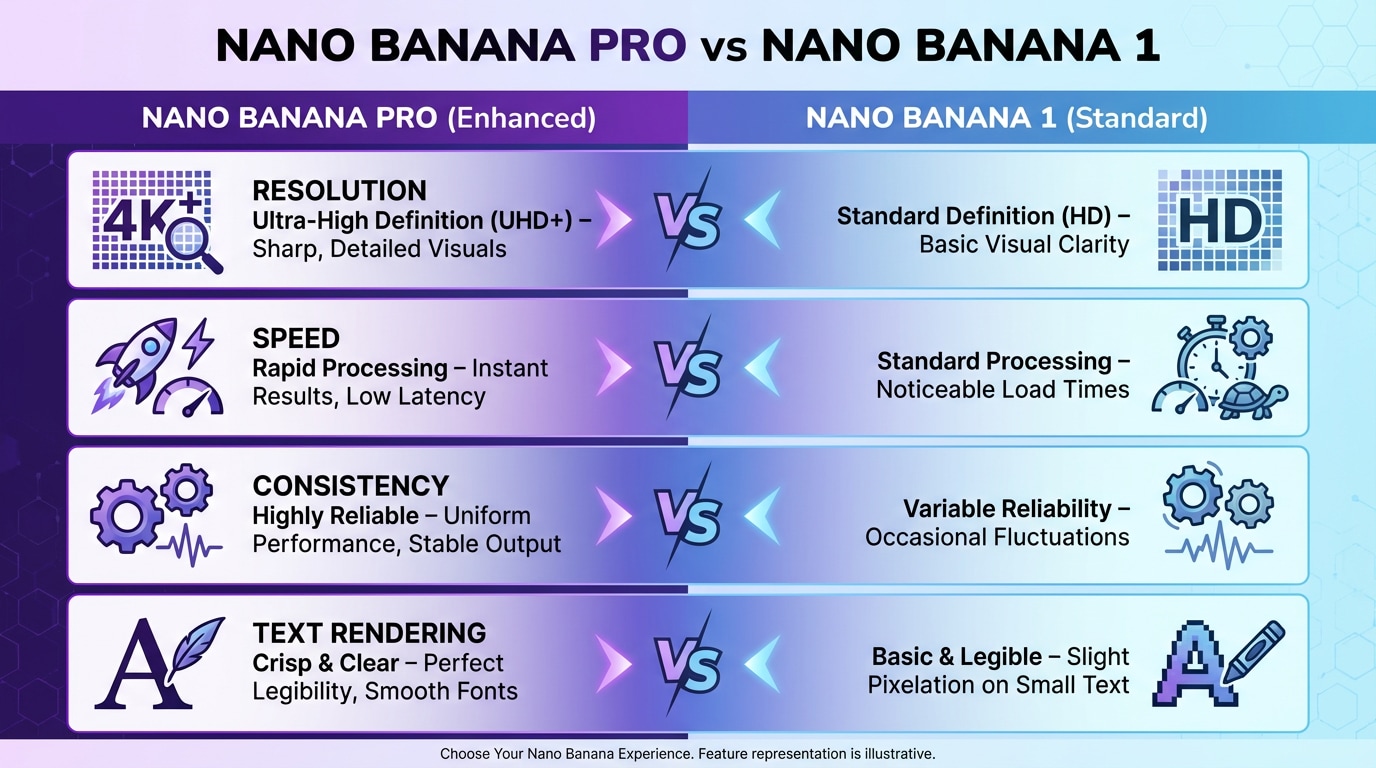
Photos created by Media.io powered by Nano Banana Pro
